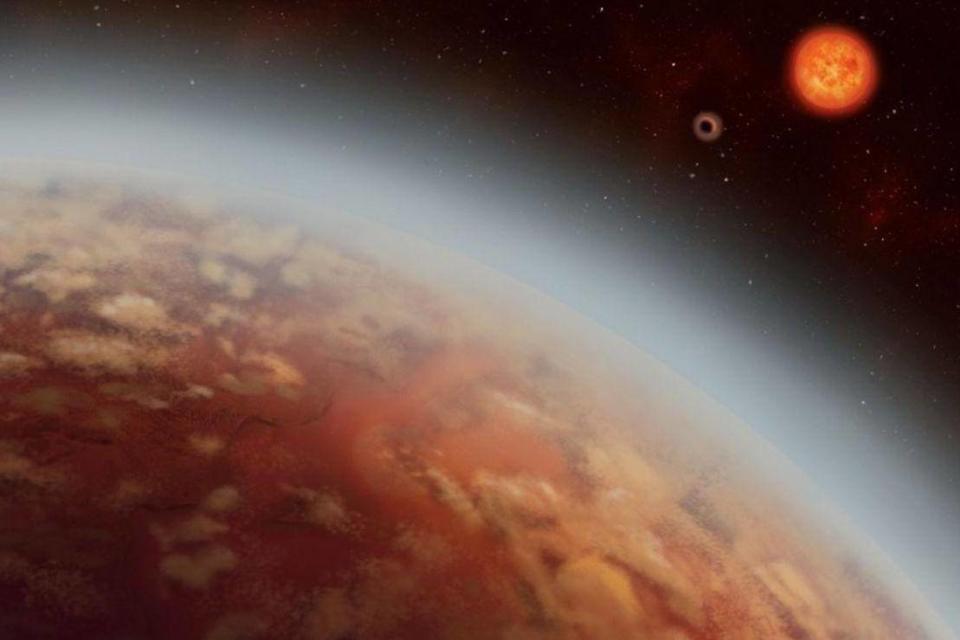K2-18b: 'Super-Earth' that could host alien life is discovered

A little-known planet 111 light years away could be a ‘scaled-up version of Earth’ which is able to host alien life, according to new research.
The distant exoplanet is known as K2-18b and has been described as being a potential ‘Super-Earth’ - a large rocky planet with the potential to support life.
It orbits within its star’s habitable zone, which means there’s a chance it could hold liquid water on its surface, which is a key component for the possibility of life as we know it.
The new study, by researchers at the University of Texas, Scarborough, and University of Montreal, Canada, was carried out using data from the European Southern Observatory (ESO).
They also discovered for the first time that the planet has a neighbour, called K2-18c.
Both planets orbit the red-dwarf star K2-18, which is 111 light years from Earth in the Leo constellation.
Lead author Ryan Cloutier, from the University of Montreal, said: “Being able to measure the mass and density of K2-18b was tremendous, but to discover a new exoplanet was lucky and equally exciting.”

The researchers set out to find whether K2-18b was rocky - like Earth or gassy like Neptune.
The telescope's High Accuracy Radial Velocity Planet Searcher (Harps) instrument was used to analyse K2-18b.
The tool measures the 'radial velocity' of stars, which is affected by the presence of planets.
They found that the planet is probably mostly rocky with a gaseous atmosphere – like Earth, only bigger – however it may be a mostly water planet with a thick layer of ice, so further investigation is needed.
The newly discovered planet is closer to its star, meaning it is likely to be too hot to support life.
The atmosphere of K2-18b will be probed further by NASA’s James Webb Space telescope when it launches in 2019.
Study co-author Professor René Doyon, also from the University of Montreal, added: “There's a lot of demand to use this telescope, so you have to be meticulous in choosing which exoplanets to look at.
“K2-18b is now one of the best targets for atmospheric study, it's going to the near top of the list."

 Yahoo Finance
Yahoo Finance 